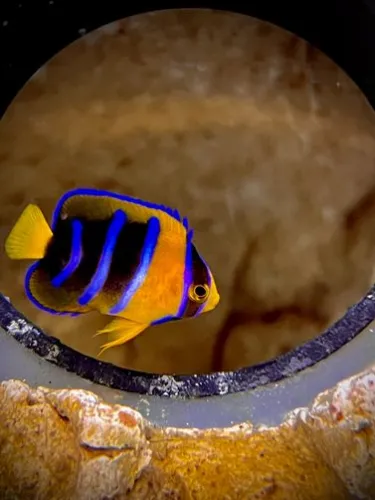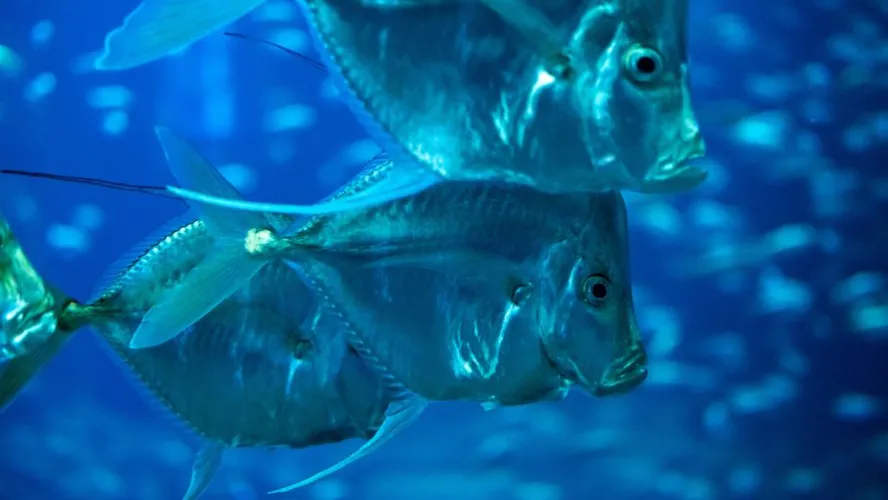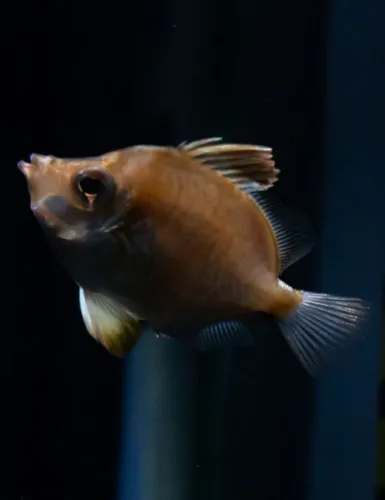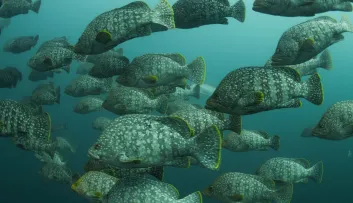Reproduction and the preservation of biodiversity
At Nausicaá, reproduction is a necessary step for the preservation of biodiversity.
- 2mn read
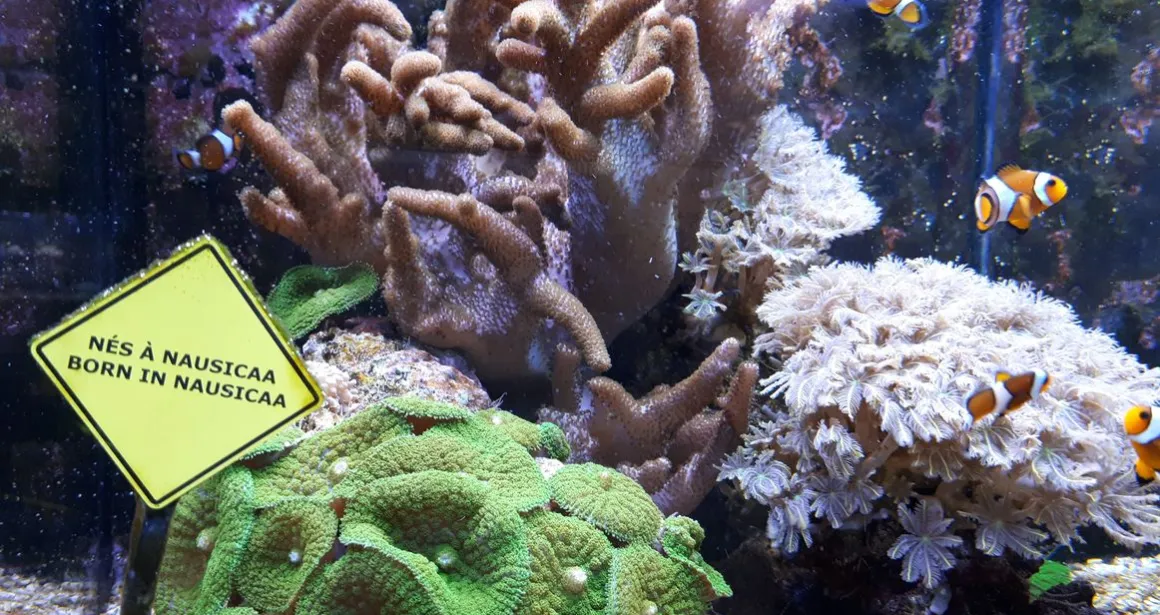
Created in 1993 by the United Nations and held on 22 May, the International Day for Biological Diversity is a chance to raise awareness of the richness of animal and plant species.
At Nausicaá, protecting living things requires raising public awareness of the richness of the marine world but also participation in European preservation and reproduction programmes within the centre’s aquariological reserves.
Angelfish, lookdown, boarfish: just a few of the species that have reproduced at Nausicaá.
La reproduction à Nausicaá : un travail qui porte ses fruits
New births are announced regularly at Nausicaá - the result of the work of our teams of biologists. There are now around a hundred species born and raised at Nausicaá: after the clownfish and longsnout seahorses (Hippocampus reidi), there are now boarfish, fusiliers, sardines, angelfish and moonfish joining the display aquariums after growing in the aquariological reserve.
A few weeks ago, king angelfish (Holacanthus passer) and sea goldies (Pseudanthias squamipinnis) were introduced into the Island Stories space.
Supervised growth
What makes these young fish so special? They have grown thanks to a special diet, the result of collaboration with BioNaMeris, a biotechnology company specialised in the production of enriched copepods and based in Marquise.
When it comes to fish reproduction, the larval stage, after the eggs hatch, is particularly tricky to manage. The tiny size of the larvae requires finding live food suitable for the size and the shape of their mouth and their nutritional needs.
The application of strict protocols is necessary to ensure the optimal development of these fish larvae to help them reach juvenile stage. The introduction of copepods, small marine crustaceans which form the basis of plankton, into the diet of these larvae has given extremely promising results. Thanks to everyday monitoring of their evolution, the breeding protocols can be refined to achieve high rates of success.
This work is improving our knowledge of the species and contributing to their preservation in the natural environment through the provision of data.
